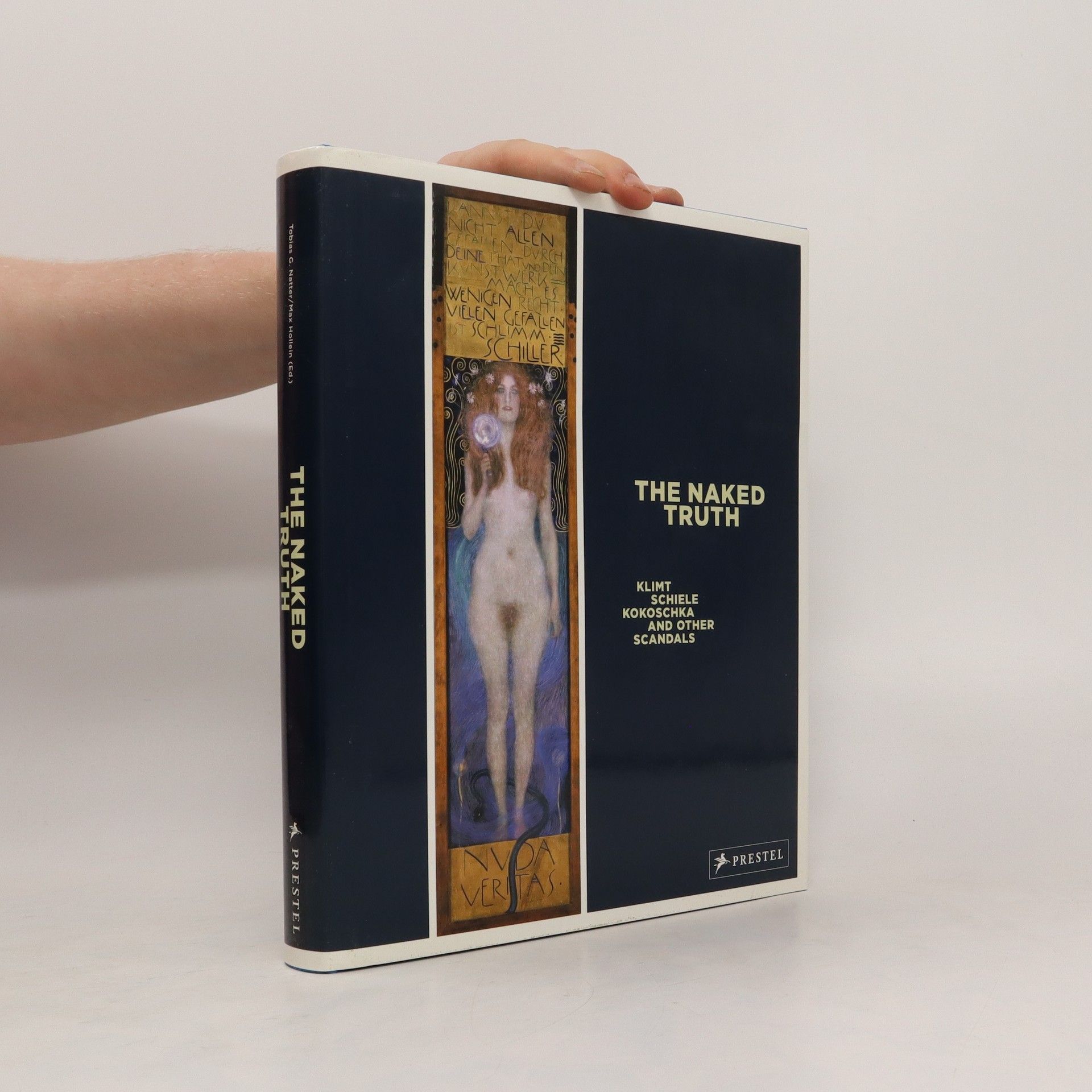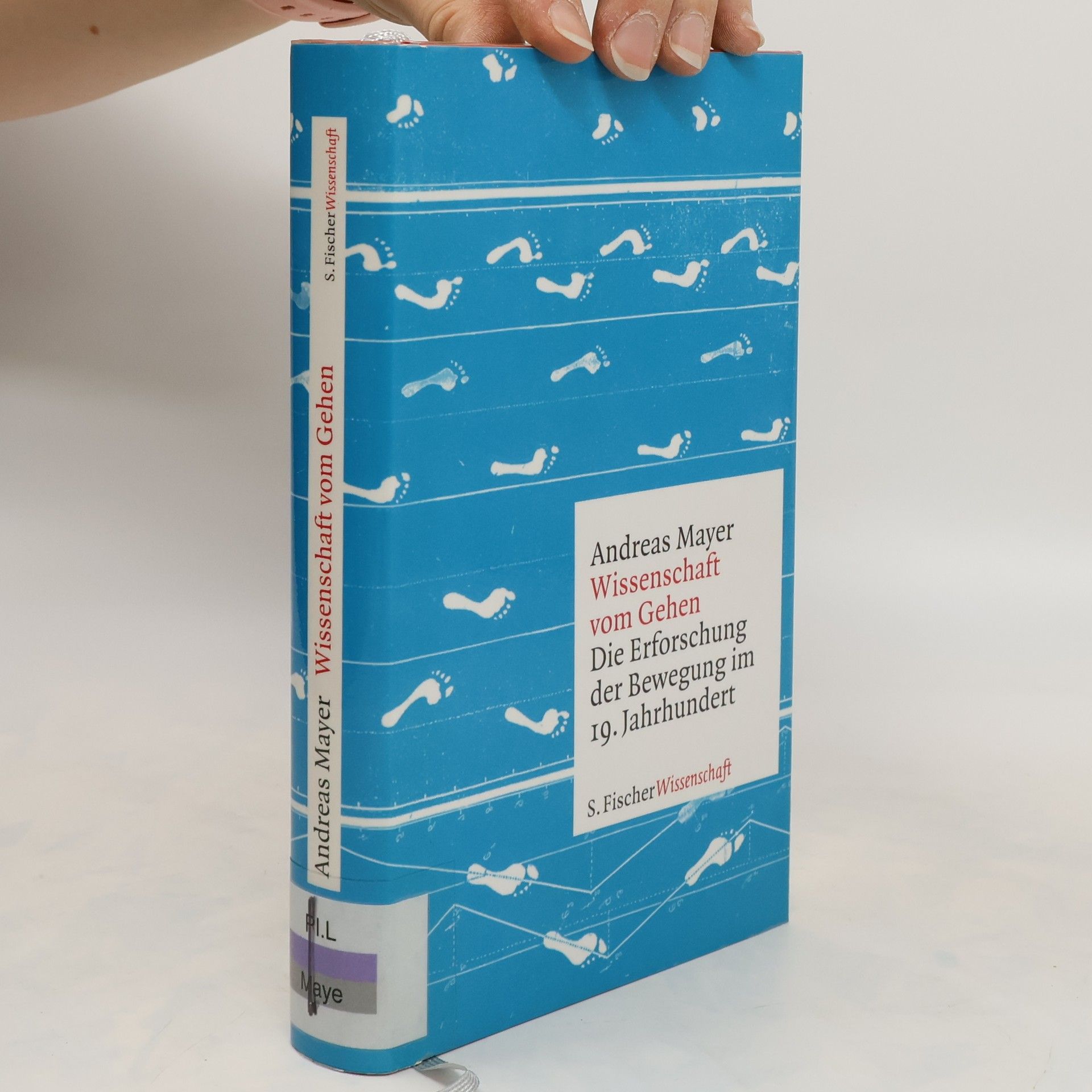Test zur Erfassung der phonologischen Bewusstheit und der Benennungsgeschwindigkeit (TEPHOBE-R)
Testheft Vorschulalter und 1. Klasse (10er Pack)
TEPHOBE-R bietet eine neuartige Normierung für die Überprüfung phonologischer Bewusstheit und Benennungsgeschwindigkeit, die entscheidend für die Lese-Rechtschreibkompetenz sind. Das Verfahren ermöglicht eine zuverlässige Identifikation von Risikokindern im Vorschulalter bis zur 2. Klasse, die potenziell von Lese-Rechtschreibschwäche betroffen sind. Zudem können spezifische Förderbedürfnisse abgeleitet werden, um gezielte Unterstützungsmaßnahmen zu entwickeln.



